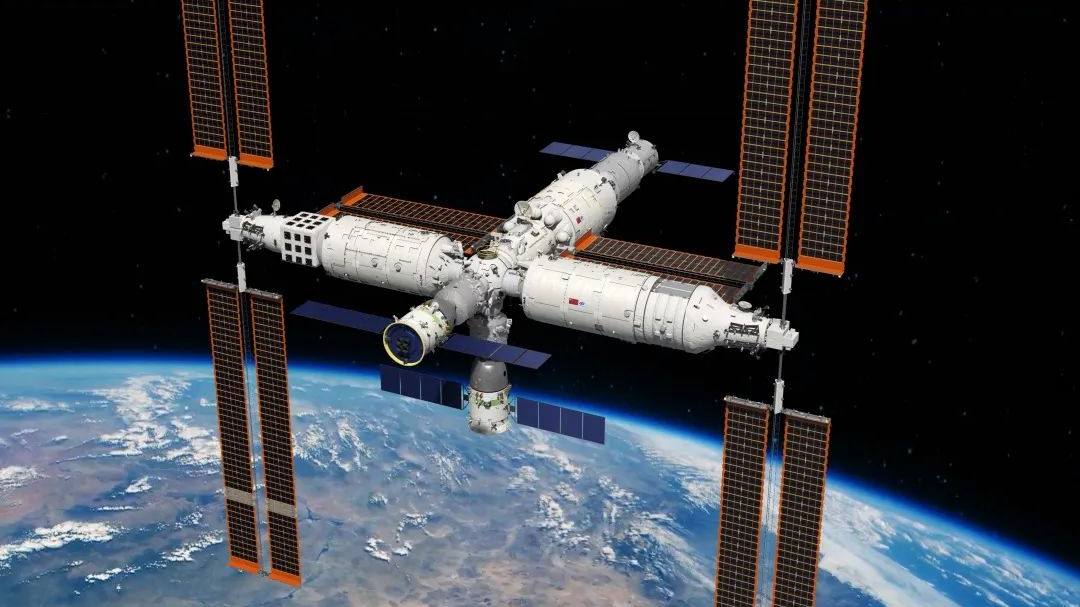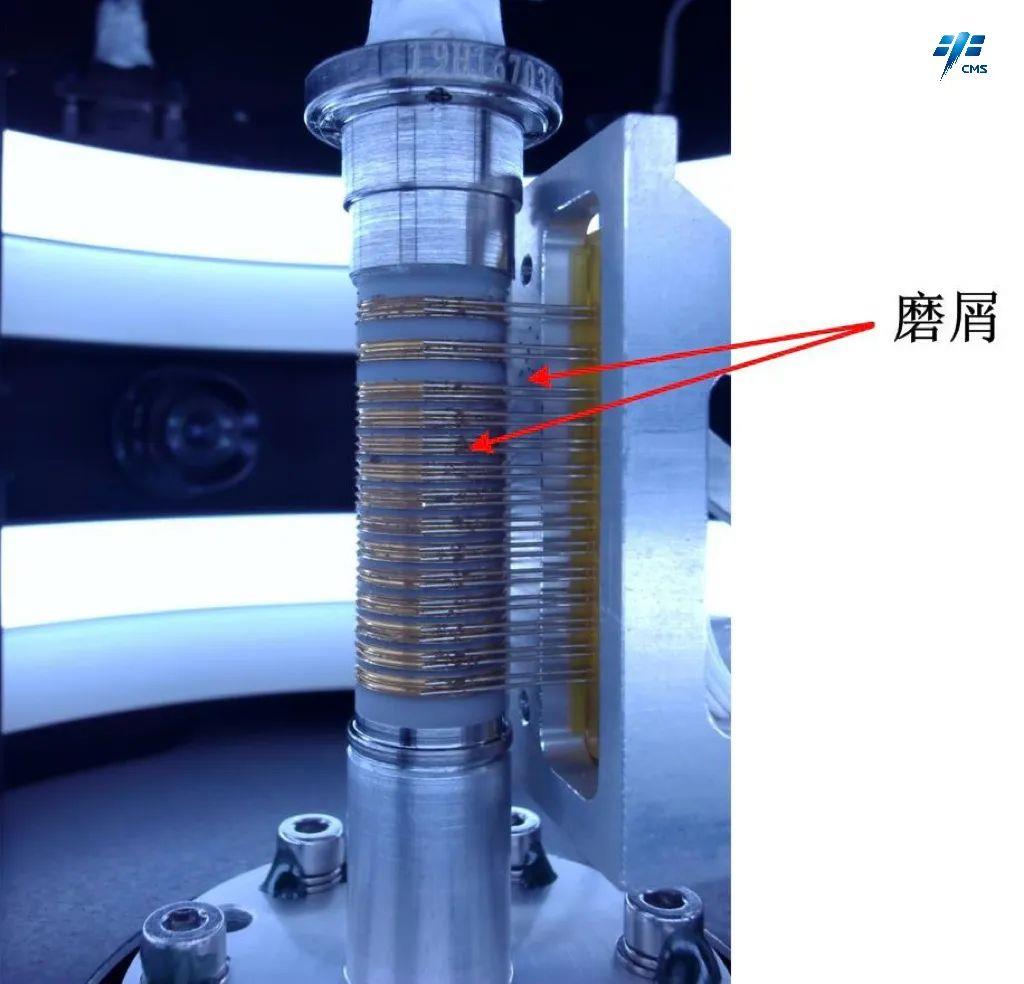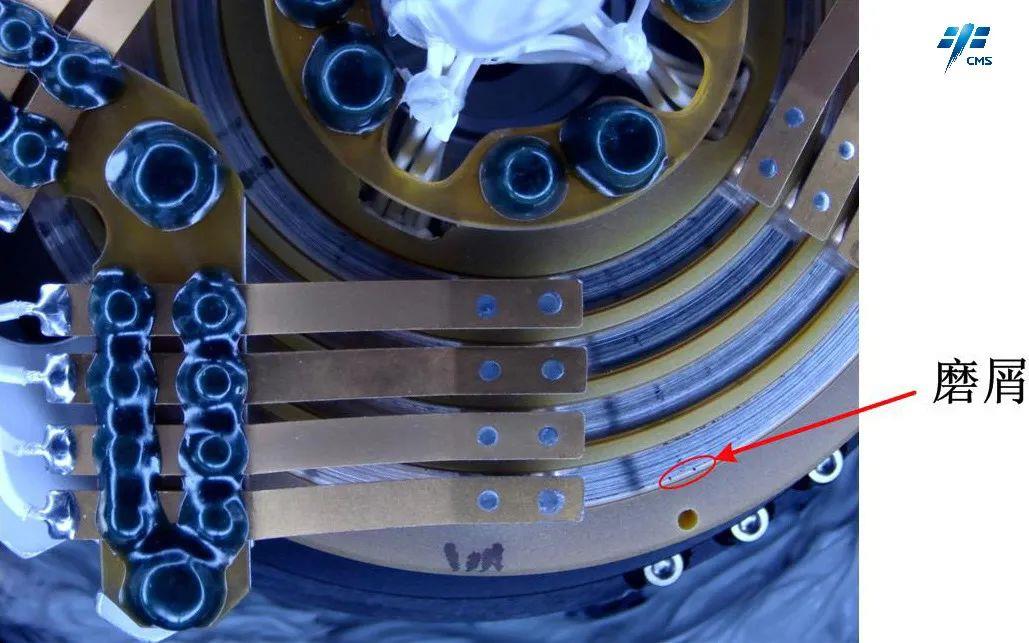
A schematic of the basic three-module structure of China's space station. /China Manned Space Agency
A schematic of the basic three-module structure of China's space station. /China Manned Space Agency
China has completed its first in-orbit observation of the generation process and clustering phenomenon of conductive ring wear debris through a device installed in China's space station (CSS) for spacecraft operation, laying a sound foundation for product development to ensure stable in-orbit operations.
Organized by the China Academy of Space Technology (CASC), the conductive ring wear debris test device has been applied for over five months since it was launched with China's Mengtian lab module for CSS on October 31, 2022.

An image of the conductive ring wear debris test device. /China Manned Space Agency
An image of the conductive ring wear debris test device. /China Manned Space Agency
Developed by the Beijing Institute of Control Engineering (BICE), the device is used for China's first technical experiment to prove the motion and distribution of charged wear debris under the combined action of vacuum, microgravity and complex electromagnetic field environment.
So far, the first batch of four sub-samples gathered from the device covered three kinds of materials, such as gold alloy, silver alloy and copper alloy, with two shapes of disk conducting ring and column conducting ring, as well as two forming methods of stack and potting.

An image of the conductive ring wear debris test device. /China Manned Space Agency
An image of the conductive ring wear debris test device. /China Manned Space Agency
In the future, China will organize further analysis and research of the in-orbit observation data, optimizing the in-orbit test process for observing more test phenomena and maximizing the transformation of test results.